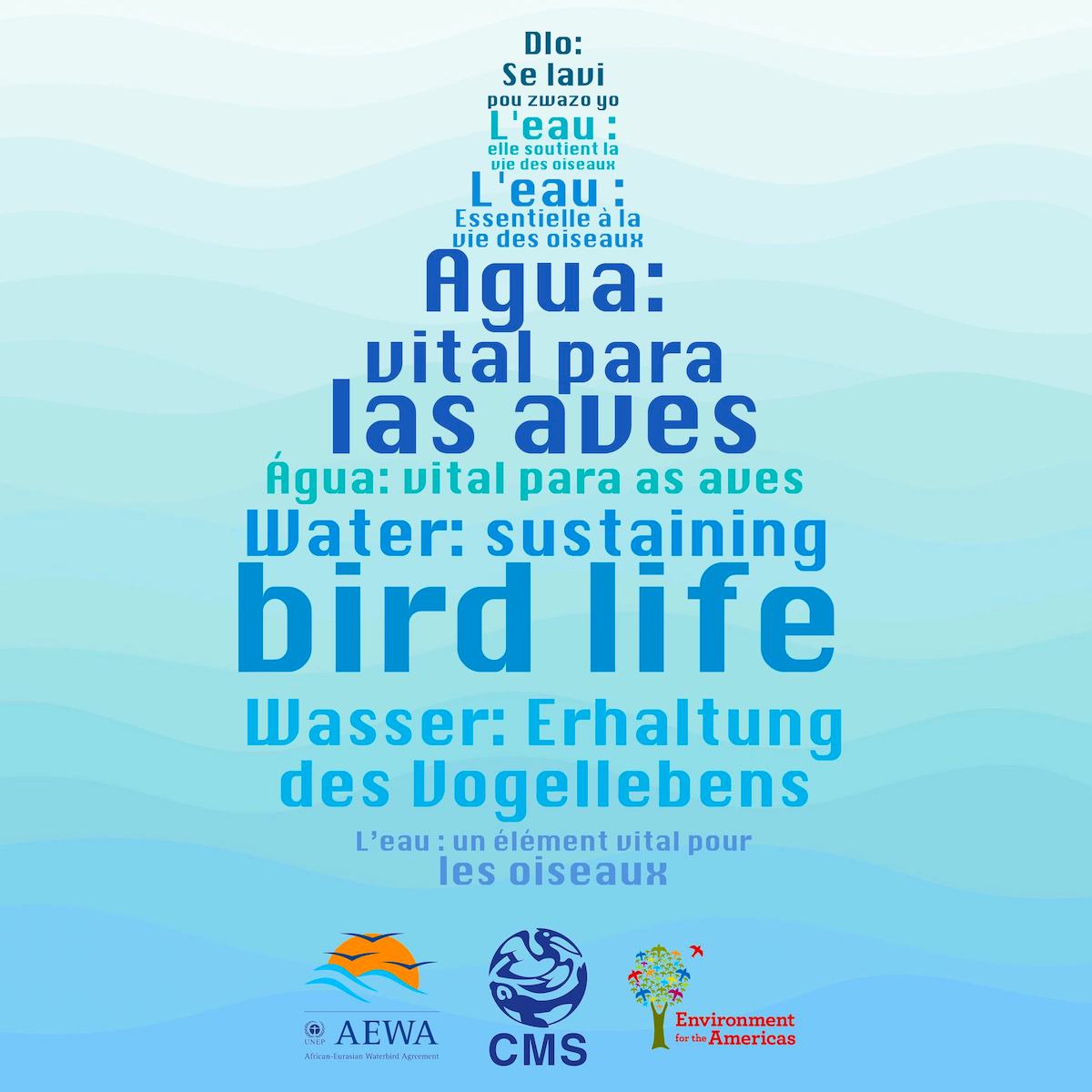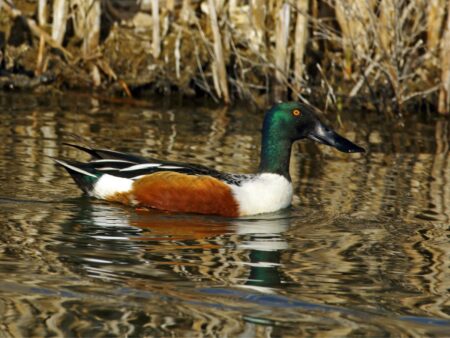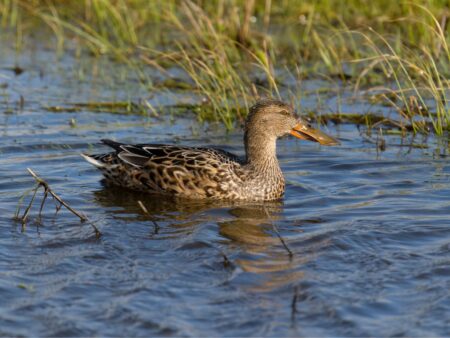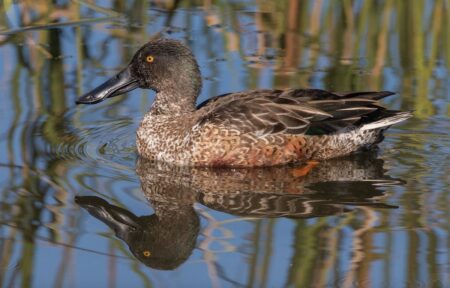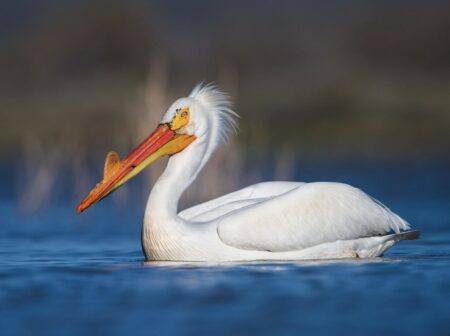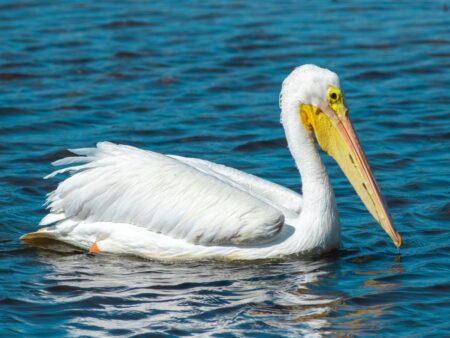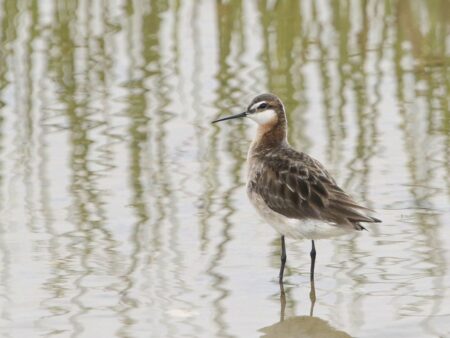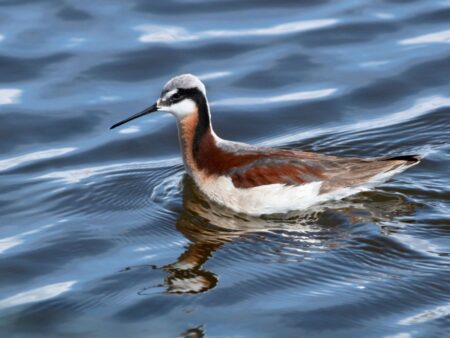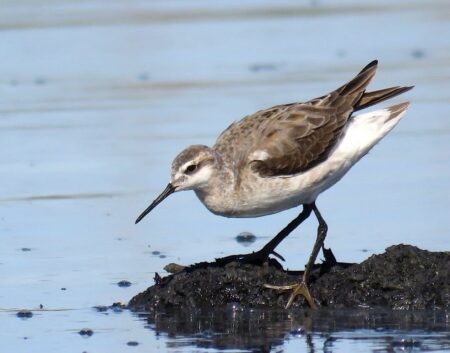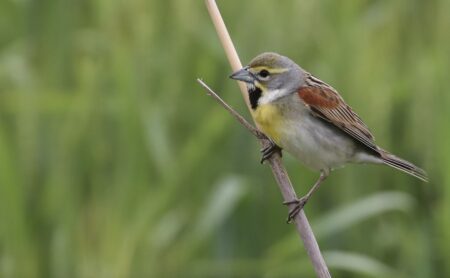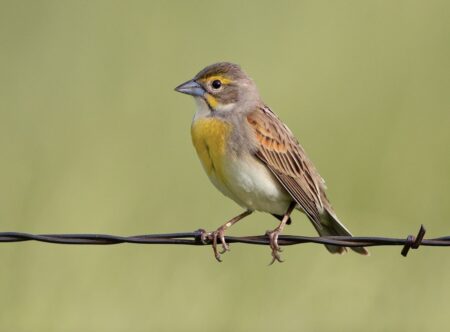Calling all Caribbean bird lovers! Let’s be on the alert, and scan the skies for our migrating birds!
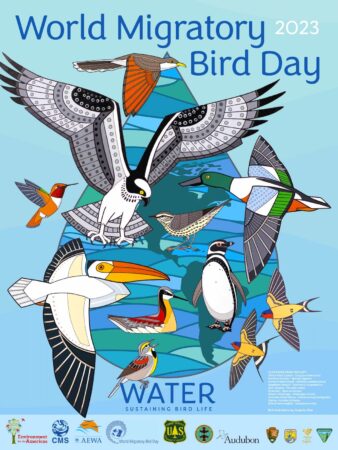
October 14th, 2023 marks the official date for World Migratory Bird Day (WMBD) in the Caribbean and Central and South America; it’s celebrated in May in North America. It’s one of the most exciting times of year for birdwatchers and reflects the awesome nature of bird migration—the exact timing of which varies between the northern and southern hemispheres. It’s the time when migratory birds appear, as if by magic, in Caribbean gardens, forests, coastlines, and hillsides—returning to their favorite spots where food and shelter are plentiful.
While we welcome our wonderful warblers, shorebirds, landbirds, hawks and others back “home” to spend the winter months on our islands, we also recognise that WMBD is a global campaign. It is a platform for citizens worldwide to learn more about migratory birds, to realize their value—and, most importantly, to understand the need to conserve them.
This year’s WMBD theme highlights the impact of the growing water crisis on migratory birds. This theme resonates in the Caribbean, where islands have been enduring longer-lasting and more severe droughts. It is not only farmers and householders who are feeling the effects of lower than normal rainfall patterns. Birds are, too! This October, 2023, the Caribbean will be a part of the worldwide campaign—adopting the theme “Water: Sustaining Bird Life.”
Here is the WMBD 2023 theme in other regional languages:
Agua: vital para las aves
L’eau: Source de vie pour les oiseaux
As the saying goes, “Water is life.”
Water is essential for the survival of all living organisms on this “Blue Planet.” Migratory birds depend on watery places for resting, breeding and feeding. These include rivers and streams, swamps and wetlands, ponds and gullies; and of course, coastal waters.
As Caribbean residents may have noticed during this intensely hot summer, birds have flocked to bird baths, drains, and water sources of all kinds to quench their thirst and preen their feathers, especially in more urban areas. However, the extreme heat and drought, fueled by climate change, are not the only challenges facing migratory birds. The quantity and quality of freshwater supplies are declining. Pollution (pesticides, chemicals, sewage, and plastic pollution) threatens many bird habitats. With ongoing tourism and housing developments, especially along the coast, the demand for freshwater for human use is growing.
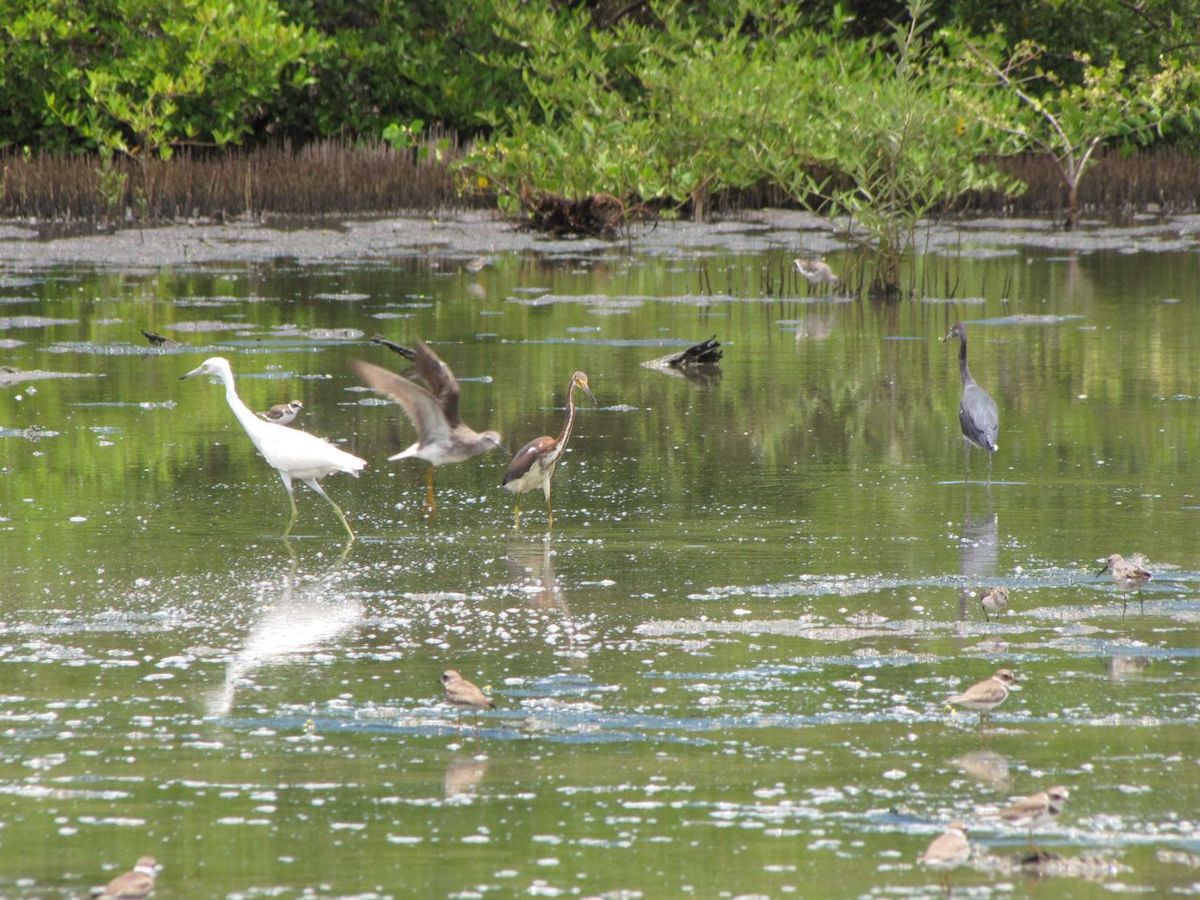
We can all help our migratory birds
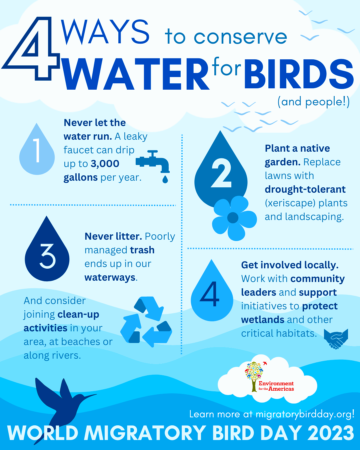 This WMBD join us in spreading the message that water conservation is important for all life on Earth, including birds! You can also help birds by planting native trees that require less watering and provide food and habitat, disposing of your garbage properly, lending a hand to clean up critical bird habitats, and making water conservation part of your daily routine by taking shorter showers, immediately fixing leaking faucets and pipes, and washing full loads only.
This WMBD join us in spreading the message that water conservation is important for all life on Earth, including birds! You can also help birds by planting native trees that require less watering and provide food and habitat, disposing of your garbage properly, lending a hand to clean up critical bird habitats, and making water conservation part of your daily routine by taking shorter showers, immediately fixing leaking faucets and pipes, and washing full loads only.
A homemade birdbath is another great way to provide birds with a reliable source of clean water. Every bird-friendly garden needs a spot for birds to drink from, clean themselves, or to just cool down on a hot day! These are so easy to put together and can be made from materials around your house and yard. This is also a great way to attract birds that don’t eat seeds or drink nectar to your garden—talk about a win-win!

Clear the runway because coming in for landing is..
Every year, Environment for the Americas focuses on ten “special” species to feature in promotions. For this year’s WMBD the ten focal species selected are:
Northern Shoveler*
American White Pelican*
Wilson’s Phalarope*
Northern Waterthrush*
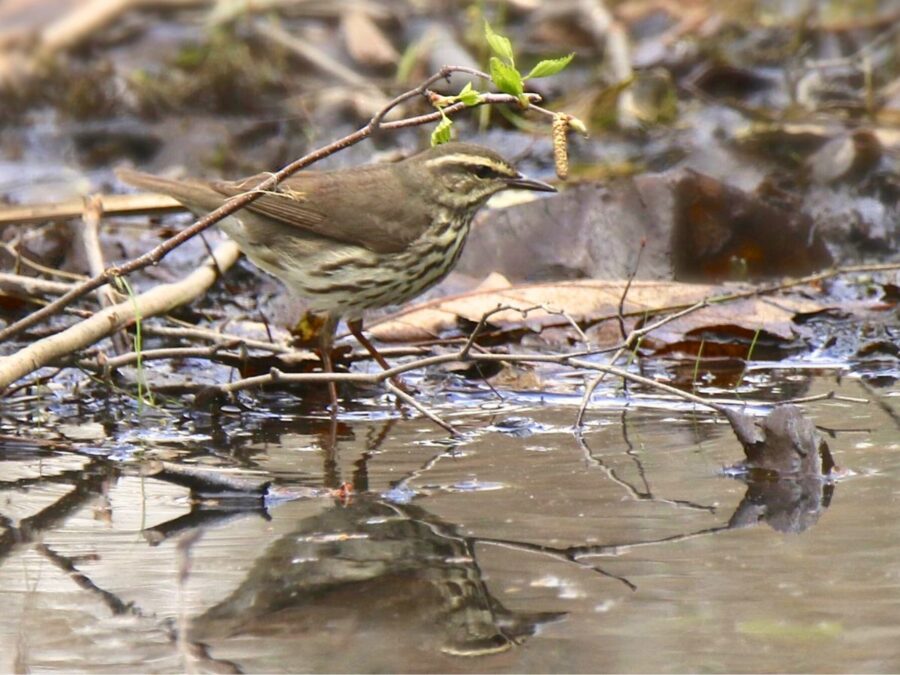
Yellow-billed Cuckoo*
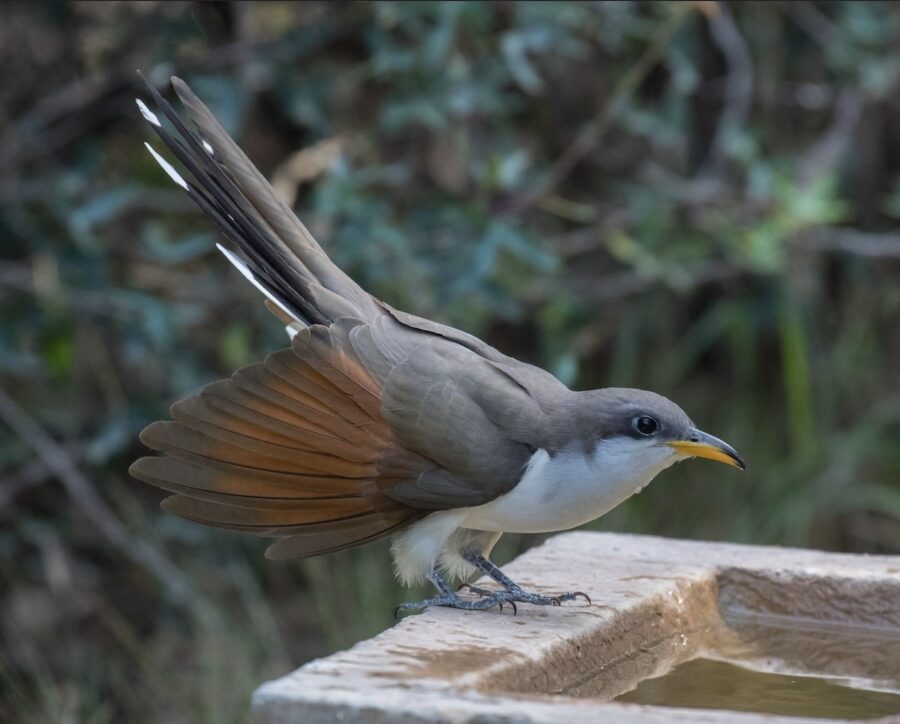
Barn Swallow*
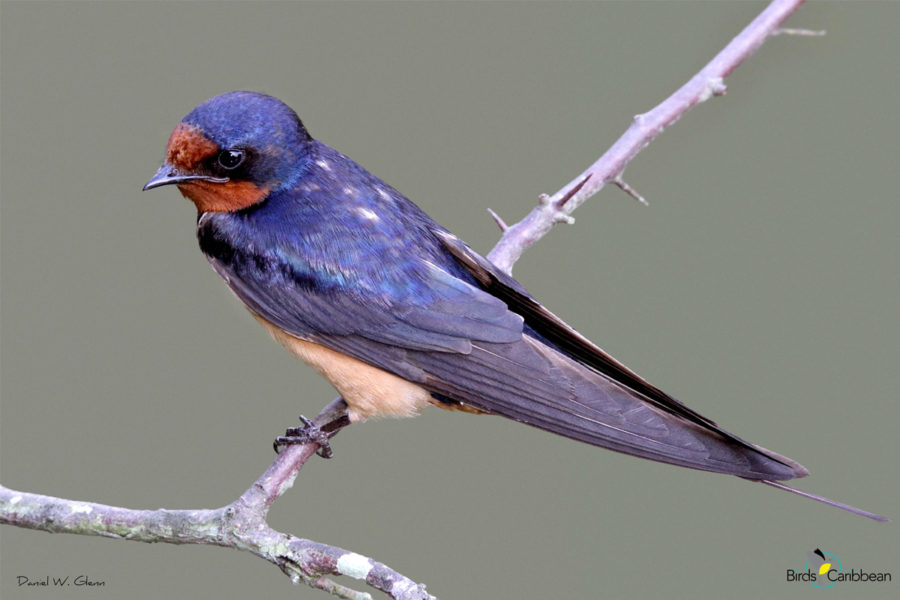
Rufous Hummingbird
Dickcissel*
Magellanic Penguin
Osprey*

Some of these birds are quite familiar to us in the Caribbean; at least eight of them—those with an asterisk—occur on Caribbean islands, though they are not all common. The region is significant for these traveling birds who move to, from, across, and through the region.
WMBD celebrations would not be complete without some spectacular artwork!
This year’s artist, Augusto Silva of Nicaragua, is well known for his geometric and colorful style. In aquatic blues and greens, Augusto’s art perfectly captures the WMBD 2023 theme. His work is influenced by the traditional life of the Afro-Caribbean indigenous community and pre-Columbian petroglyphs—and inspired by Nature.
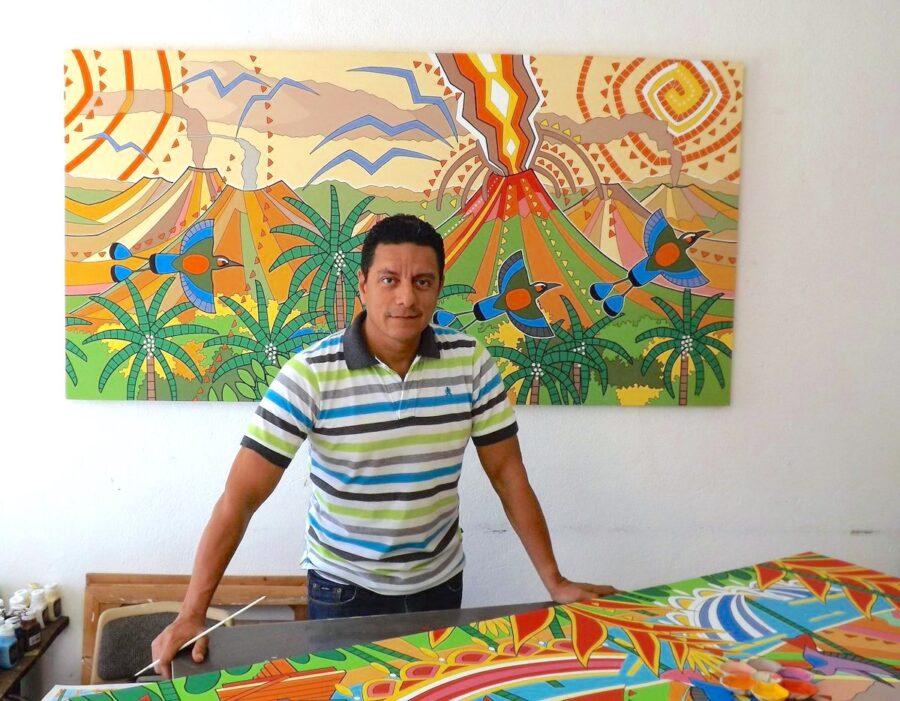
Free WMBD resources for educators and conservationists
So, how can we continue to raise awareness on the importance of water (agua, l’eau) for our migrating birds? The good news is that you, our Caribbean educators, are helping to do just that. As you join the WMBD campaign, you may request WMBD educational materials by contacting Laura Baboolal, the WMBD Caribbean coordinator at lbaboolal@environmentamericas.org.
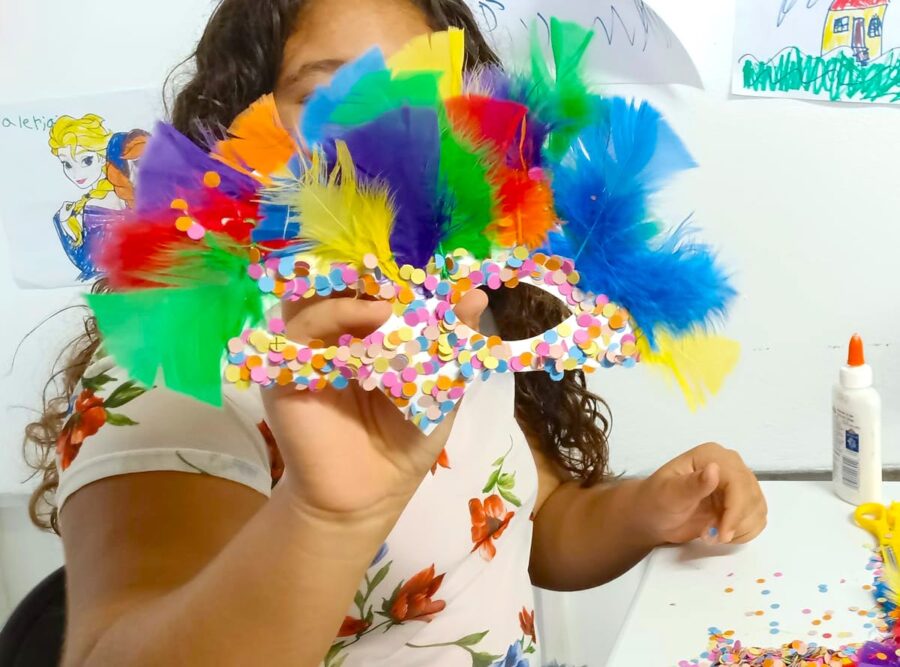
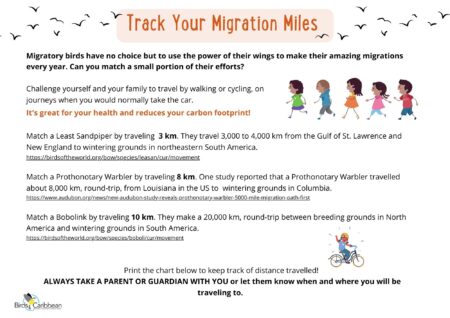
If you are planning a WMBD event or two (and we hope you are!), you will find useful digital educational resources at: https://trello.com/b/mmiiYE3A/wmbd-2023
BirdsCaribbean will also be featuring WMBD bird species that occur in the Caribbean on our Migratory Bird of the Day webpages (Birds Connect Our World). Our drawings this fall are featuring the art of Christine Elder – naturalist, educator and biological illustrator extraordinaire! Be sure to check out her website and follower on social media!
As in past years, we will provide free downloadable resources, including coloring pages, natural history information, puzzles, photos, videos and activity sheets—we invite you to check it out!
We also encourage you to add your events to the interactive map, so we can see where WMBD activities are taking place throughout the Caribbean: https://www.worldmigratorybirdday.org/events-map
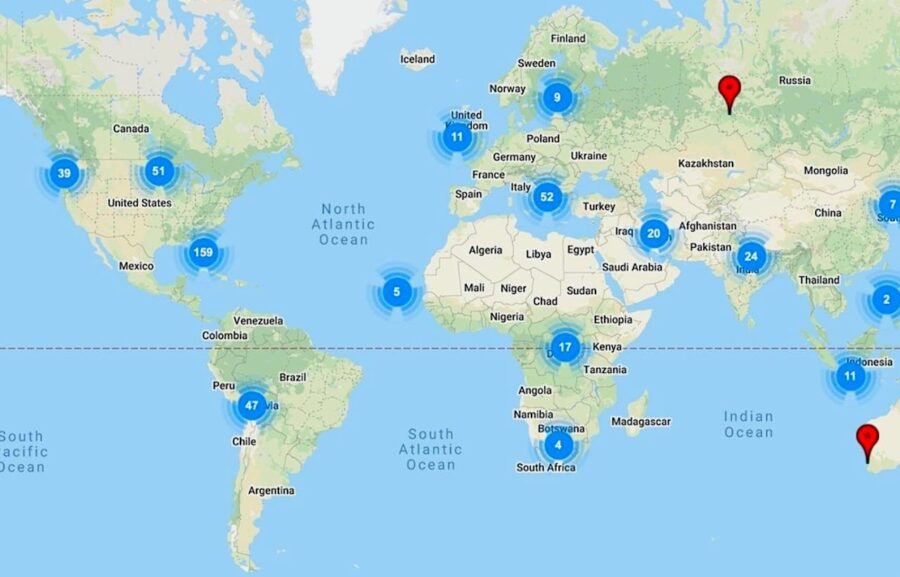
How you can celebrate and help migratory birds . . . & we want to see your bird baths!
Celebrate WMBD this fall!
Go birding with your family and friends and see how many migratory birds you can spot. If you’re at a wetland or beach, do a Caribbean Waterbird Census (CWC) Count. Don’t forget to upload your checklists to eBird or eBird Caribbean!
Learn more! Look for a WMBD event happening near you and try to attend. Enjoy and download the many free online resources about migratory birds – see above links. Share what you learn with your friends and family.
Thank about the ways that you can help conserve water – see the handy infographic above and do your part by taking shorter showers, fixing leaky faucets and running toilets, planting a drought-friendly native plant garden, supporting conservation of wetlands, and much more.
Finally, since this year’s theme is Water: Sustaining Bird Life we want to see the best bird baths in your backyards! We’re looking for pretty, funky, fun, and functional watery oases. Bird baths may be ready-made or DIY.
Snap a pic or record a short video and email it to Laura at lbaboolal@environmentamericas.org and/or tag us, @birdscaribbean and @environmentamericas, on social media.
Be sure to include your name, country, and a few sentences about your bird bath—for example, the household materials that were reused to make it, and the variety of birds that visit the bird bath!
All suitable submissions will be shared on the BirdsCaribbean and Environment For The Americas websites and social media accounts.
To learn more about World Migratory Bird Day visit the website at https://www.worldmigratorybirdday.org/—and learn more about Environment for the Americas who hosts WMBD in our region: www.environmentamericas.org.

